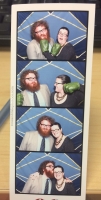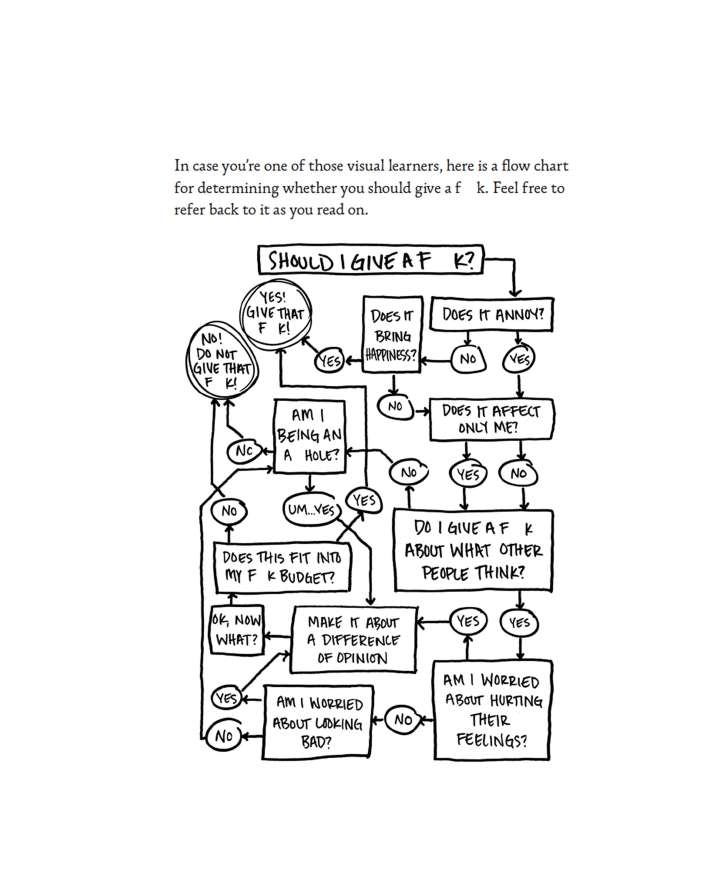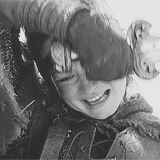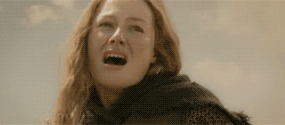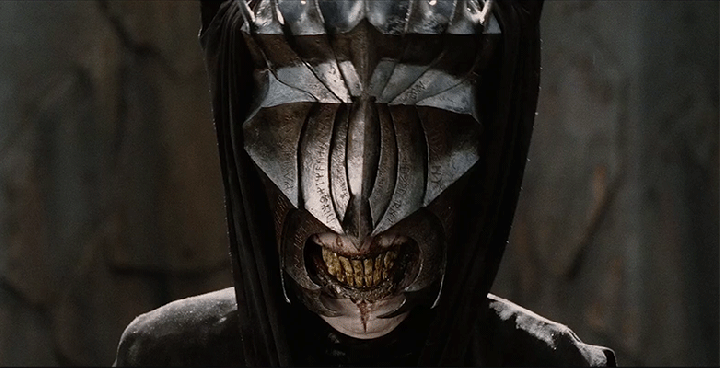 Animal Farm by George Orwell
Animal Farm by George Orwell
My rating: 4 of 5 stars
**Spoilers ahead** This classic cautionary tale is still as relevant today as ever. It’s also a really quick read, re-read, or listen. I listened to this audiobook again after studying this book in school many years ago. We follow a group of animals living on Manor Farm, roused to plan for a rebellion by Old Major’s inspiring speech, singing “Beasts of England” all the way to freedom from man and beyond.
Old Major dies, but the revolution lives on without him and the animals successfully rebel soon after his death. They kick out Mr. Jones, his wife, and all their farmhands. Initially, the newly re-named “Animal Farm” is the picture of an ideal communist community. Snowball, one of those clever pigs, writes up the seven rules or commandments of Animalism on the barn wall:
The (Original) Seven Commandments of Animalism
1. Whatever goes upon two legs is an enemy.
2. Whatever goes upon four legs, or has wings, is a friend.
3. No animal shall wear clothes.
4. No animal shall sleep in a bed.
5. No animal shall drink alcohol.
6. No animal shall kill any other animal.
7. All animals are equal.
These tenets of Animalism are reduced to the most essential idea by what the sheep can remember, “Four legs good, two legs bad.” The pigs and the dogs are the most clever animals on the farm and the most capable of learning, aside from Benjamin, the only donkey on the farm, who is thoroughly cynical. Most of the other animals are capable of memorizing small phrases or a song like Beast of England, but cannot learn and recall the entire alphabet. In fact, some of the horses(like Boxer) try to learn the alphabet but cannot remember more than the first few letters. This difference in literacy and capacity for learning becomes one key to the decline in conditions on Animal Farm over years after the initial rebellion.
Key pigs lead the animals on the farm, with the initial leadership and inspiration from Old Major, and then the dueling leaders of Snowball and Napolean, two more pigs that have conflicting ideas on what tasks are most important to complete first (building a windmill, or not). Snowball learns how to build a windmill, and draws out complex plans for one on the floor of one of the rooms in the farmhouse. He argues passionately for the creation of the windmill, as the creation of this would reduce the need for labor from the animals on the farm, and increase the quality of life as a result. Napolean does not want the labor of the animals to focus on the windmill yet and works with another pig named Squealer as his official spokesperson to try and win the support of the other animals. This is only one piece of many different plans for improving the lives of all animals on the farm. Many ideas are proposed, from establishing standard ages for when animals of different species can retire to setting up electricity and running water in all the stalls where they sleep, among other ideas.
But Napolean doesn’t play fair and he brought up a litter of puppies to be his personal watchdogs and enforcers as Snowball’s attention is focused on the windmill plans. Snowball is driven out in a coup and this is the beginning of the end for Animal Farm as a communist community where all animals are equal and consider each other to be comrades. Snowball becomes the byword and reason for everything that goes wrong, in addition to the idea that no matter how bad it gets–the conditions are better than when Mr. Jones ran the farm. Discussions of proposals in the barn between comrades in the evenings are stopped and replaced by orders handed down by Napolean to Squealer.
Boxer (one of the horses) takes on two maxims:
1. I will work harder.
2. Napolean is always right.
He wakes up earlier(and progressively even earlier) than all the other animals and takes on most of the grunt work of breaking up large stones on the property with the use of gravity to provide smaller stones for the structure of the Windmill. The pigs work to learn everything they can from the books people abandoned in the farmhouse and they start working on trade deals with the owners of the neighboring farms, and initially are fooled into accepting (supposedly) counterfeit bills for a load of seasoned dry wood they sell off instead of taking a check as payment. This leads the neighboring humans to see weakness and attack the farm and attempt to take it back from the animals, blowing up the windmill and destroying countless hours of works.
As the animals recover from the attack, with some dead or injured after, they rebuild the windmill with much thicker walls than the original plan. They labor to till, seed and reap what they sow in the fields, but Napolean progressively withdraws from public life, speaking only through announcements that he sends Squealer to make to the other animals, always surrounded by his cadre of loyal dogs, and the pigs make small periodic changes to the various commandments of Animalism to suit their own purposes and want for luxury. Eventually, the seven commandments of Animalism are replaced entirely by one maxim: “Four legs are good but two legs are better” immediately before all the pigs walk a tour of the farm ground on two legs, dressed in clothes left by the humans.
Many years down the line, after they build the second windmill and Boxer fell and was sent off in the knacker/glue truck, Napolean has established solid trade relations with the neighboring farm owners and has managed to make the living and working conditions even worse for the rest of the animals, while ever-increasing the efficiency of the workers and the tools they use to produce excess goods, with only the pigs and dogs benefiting from this excess.
The pigs start to meet with the humans for social reasons as well as for reasons of trade, they have been brewing beer and using excess goods to exchange for money and then for cases of whiskey, which leads to the ultimate moment at the end of the story when the other farm animals peer into the farmhouse window and they cannot tell the difference between the pigs and the humans as they have become the same. The humans even praise Napolean for managing tools and labor practices that lead Animal Farm (which even loses its revolutionary name at the end) to be more efficient than the human-led farms, and they pledge to take on some of these practices at their farms too.
There are clear parallels to different historical events, the biggest influence being the story of communism in the USSR and how it became so different from Marx and Lenin’s original intentions under Stalin’s leadership. Most of the main characters who are pigs have direct parallels to major figures from the USSR. But one of the key tenets/ideas of capitalism is centered around trying to eke out the most possible productivity from your workers while increasing the amount of excess goods/labor they produce while providing the least possible compensation and services to these workers. These ideas are expressed so well in this short novel that it is a perfect parable for the contrast between communist and capitalist ideals–especially the slow shift from one to the other, relying on the low intelligence and lack of literacy from their constituents.
This clearly mirrors some of the issues we have today with social media replacing many people’s access to news (unbiased or otherwise) and the creation of an echo chamber where we only see ideas we agree with as we unfollow or unfriend those people we disagree with. When people can read but choose not to, it’s much easier to be taken advantage of by their employers and government. I highly recommend reading or listening to this book now, whether or not you previously studied it in school. Here is the ISBN number for the audiobook I enjoyed: 9781481540544.
View all my reviews on Goodreads

